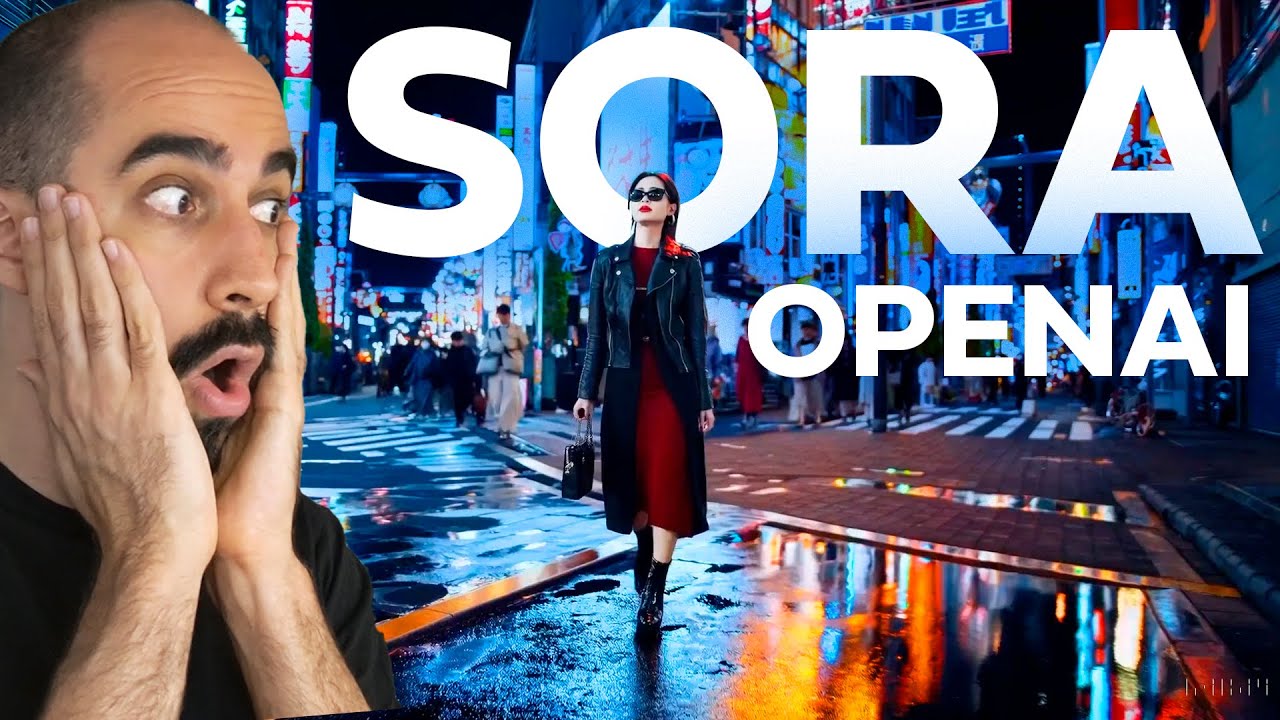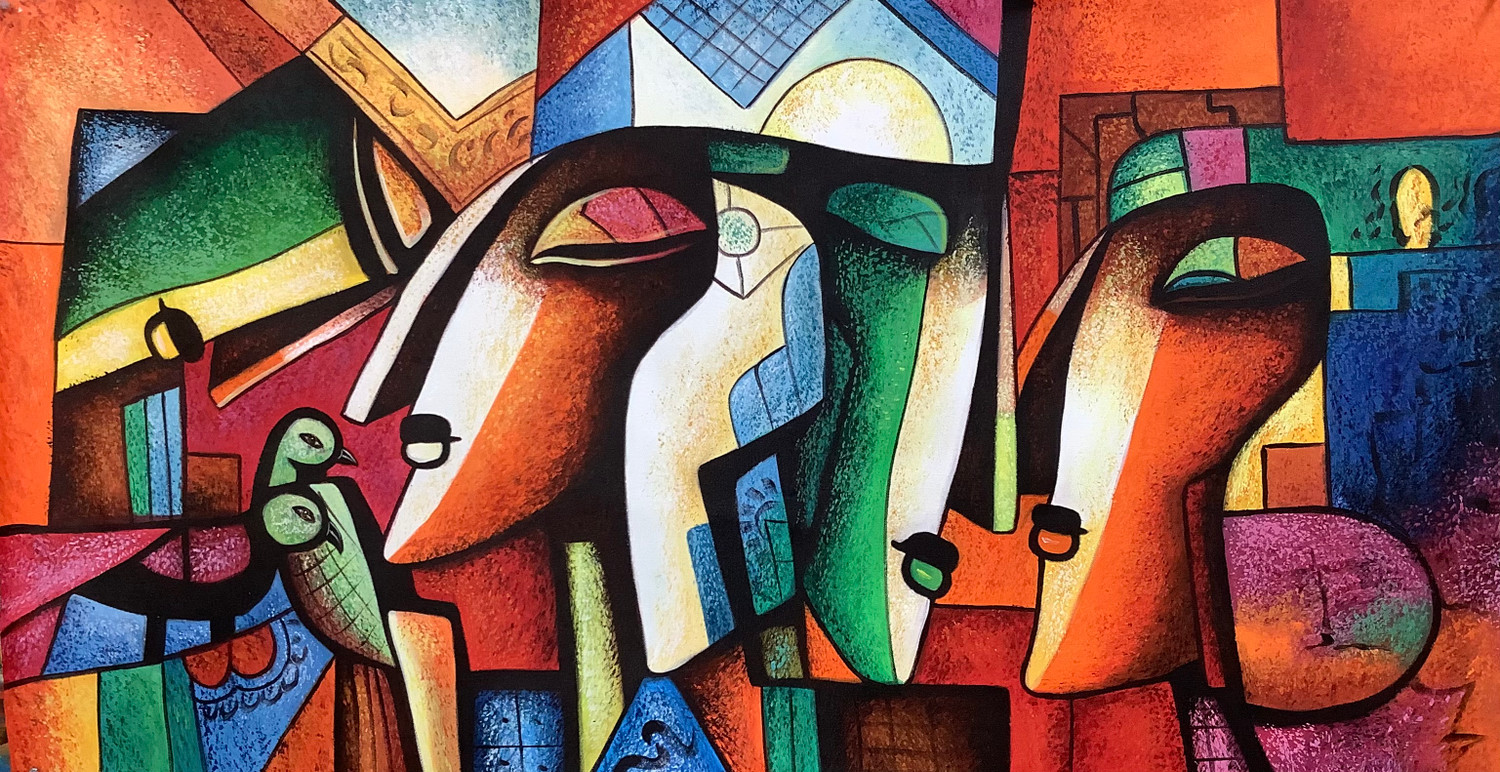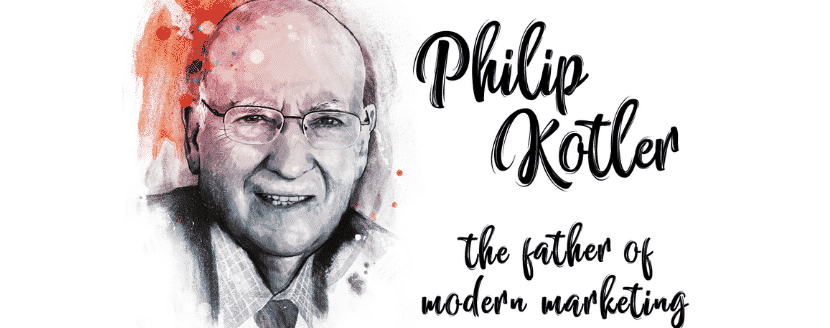OpenAI’s Text-to-Video Generator Forces the Creative Industry to Evolve
In recent years, artificial intelligence (AI) has made significant strides in various industries, including entertainment. With AI being able to process and analyze vast amounts of data, it is no surprise that it has taken on the task of creating content. OpenAI, a research laboratory founded by tech entrepreneurs Elon Musk and Sam Altman, has been at the forefront of developing cutting-edge AI models. Their latest creation, Sora, has caused a stir in the creative industry with its ability to generate high-quality videos from text. This groundbreaking advancement has sparked debates about the future of filmmaking and the potential implications of AI in content creation.
Sora is a video-generating AI model released by OpenAI. It has been praised for its ability to create high-quality video from text, unlike previous AI models that could only generate short, low-quality videos. Sora can create videos up to one minute long with complex scenes, multiple characters, and accurate details. Its debut has been met with both excitement and concern, as it has raised questions about the role of AI in the creative process and the impact it may have on society.
In this article, we will delve into the capabilities of OpenAI’s Sora and its potential effects on the creative industry. We will explore its development, its uses, and the concerns surrounding its release. Additionally, we will look at how OpenAI is collaborating with researchers to address these concerns before making Sora widely available.
The Development of Sora
OpenAI announced the launch of Sora in July 2021, describing it as “a new AI model trained to generate videos from simple text descriptions.” The model was created using state-of-the-art computer vision and natural language processing techniques, allowing it to understand and interpret written descriptions and transform them into realistic videos.
The development of Sora was built upon OpenAI’s previous projects, including the GPT-3 language model and DALL-E, a system that generates images from text descriptions. By combining these technologies, Sora can generate videos with higher complexity and realism than ever before.

In July 2021, OpenAI introduced Sora, a new AI model designed to create videos from concise text descriptions
One of the notable features of Sora is its ability to create diverse and dynamic scenes. It can generate videos with multiple characters, objects, and environments based on the input text. For instance, when given a description of “a woman walking in the park,” Sora produces a video of a woman walking through a park, complete with trees, birds, and other elements that bring the scene to life.
Another impressive aspect of Sora is its attention to detail. The model can accurately represent specific details mentioned in the text, such as the color of objects and the movements of characters. This level of precision sets Sora apart from other AI models that often produce low-quality and inconsistent results.
The Uses of Sora
Sora’s capabilities have sparked interest in various industries, primarily in the entertainment sector. With its ability to generate high-quality videos quickly, Sora has been touted as a game-changer for filmmakers, animators, and advertisers. It offers a cost-effective solution for producing content that would usually require a significant budget and an entire production team.
Filmmakers have already started to explore the possibilities of using Sora in their creative process. In November 2021, OpenAI collaborated with Pathé Thuis, a Dutch film distributor, to create the world’s first feature film entirely generated by AI. Titled “i-Doll,” the film was written by an AI scriptwriter and directed by a human filmmaker, showcasing the collaborative potential of AI and humans in the filmmaking industry.
Apart from entertainment, Sora’s application extends to e-commerce and social media marketing. With the rise of online shopping and social media influencers, there is a growing demand for visual content that is engaging and eye-catching. Sora’s ability to create videos quickly and efficiently opens up new possibilities for brands to promote their products and services.
The Concerns Surrounding Sora
While the advancements of Sora are undoubtedly impressive, they have also raised concerns about its potential impact on the creative industry and society as a whole. The main concern revolves around the role of AI in the creative process and the fear of replacing human jobs.
With AI being able to produce high-quality content at a fraction of the cost and time, there is a valid concern that it may replace traditional filmmaking techniques and eliminate jobs for writers, directors, and animators. Additionally, the use of AI in content creation may lead to a homogenization of ideas, as the AI models are trained on existing data, potentially limiting creativity and diversity in storytelling.
Moreover, Sora’s debut has sparked concerns about the spread of misinformation and the potential for misuse. As Sora can generate realistic videos from text descriptions, there is a risk of it being used to create deepfakes, which are manipulated videos that appear real but contain false information. This can have serious consequences, such as influencing public opinion and potentially manipulating elections.
Despite these concerns, OpenAI has stated that Sora is still in development and not publicly available. They are actively collaborating with researchers and experts to explore the potential benefits and risks of Sora before making it widely accessible. Let’s take a closer look at how OpenAI is addressing these concerns and working towards responsible AI development.
OpenAI’s Collaboration with Researchers
To ensure responsible development and deployment of Sora, OpenAI has partnered with various research institutions and organizations to assess the potential implications of the model. One such partnership is with the Partnership on AI (PAI), a multi-stakeholder organization focused on advancing responsible AI practices.
As part of their collaboration, OpenAI and PAI have established the Sora Working Group, which comprises experts from various fields, including AI ethics, media and entertainment, and technology policy. The working group aims to examine the potential risks associated with Sora and develop responsible guidelines for its use.

OpenAI has collaborated with multiple research institutions and organizations to evaluate the potential implications of Sora, ensuring its responsible development and deployment
One of the main areas of concern is the use of Sora in generating deepfakes. To address this issue, OpenAI has announced that they will not release a publicly available version of Sora until reliable detection methods are established to differentiate between real videos and deepfakes.
Furthermore, OpenAI has also launched an initiative called AI Index, which tracks and reports on the progress and impact of AI technologies. This will allow for monitoring and transparency in the development of AI models such as Sora and provide insights into their potential effects on society.
The Potential Benefits of Sora
While there are valid concerns surrounding Sora’s capabilities, there are also potential benefits that should not be overlooked. One of the main advantages is the democratization of content creation. With AI models like Sora, creating high-quality content becomes more accessible and affordable to individuals and small businesses, leveling the playing field in the creative industry.
Moreover, Sora can assist human creators in their work, rather than replacing them. As mentioned earlier, the film “i-Doll” was a collaboration between AI and humans, showcasing how the two can work together to create something unique and innovative. Similarly, Sora can be used as a tool to aid filmmakers, writers, and animators in their creative process and bring their visions to life.

AI models such as Sora make it easier and more cost-effective for individuals and small businesses to produce high-quality content, thereby equalizing opportunities in the creative industry
Additionally, Sora’s capabilities can have a positive impact on accessibility and inclusivity in media and entertainment. It can generate diverse characters and settings, allowing for representation and diversity in storytelling that may not have been possible otherwise.
Conclusion
OpenAI’s Sora is a significant achievement in the field of AI and has the potential to revolutionize the way we create and consume content. Its ability to generate high-quality videos from text descriptions is impressive and offers endless possibilities for various industries, including entertainment, e-commerce, and marketing.
However, with this advancement comes concerns about the role of AI in the creative process and the potential impact on society. OpenAI’s collaboration with researchers and organizations to address these concerns is a crucial step towards responsible development and deployment of AI technologies such as Sora.
As we continue to explore the capabilities of AI and its integration into various industries, it is essential to consider the potential benefits and risks and work towards responsible and ethical practices. With the right approach, AI can enhance and complement human creativity rather than replace it. As for Sora, only time will tell its true effects on the creative industry, and it is up to us to ensure that it is used responsibly and ethically.








Post Comment